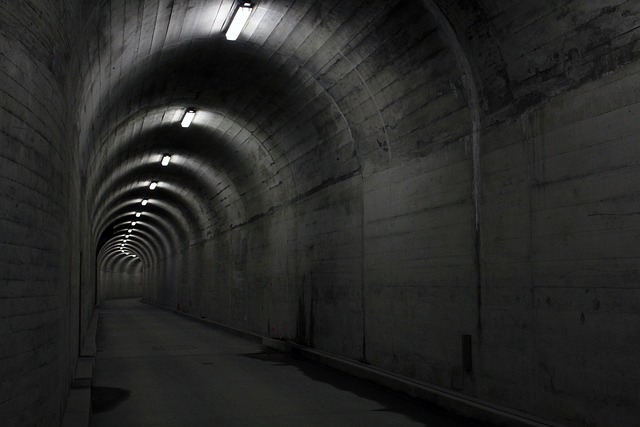Understanding Personal Space in Installation Art
In the realm of Fine Arts, the concept of personal space takes on a profound meaning, especially within the category of installation art. This immersive medium allows artists to transform physical spaces while simultaneously engaging audiences at a deeper psychological level. Installation art is not just about the visual; it envelops the viewer’s senses, creating an experience that can evoke emotional responses and provoke thought about the spaces we inhabit.
Defining Personal Space
Personal space is a term that resonates with everyone. It refers to the physical distance we feel comfortable maintaining with others in various social contexts. However, within the world of installation art, this idea transforms. Artists explore, challenge, and manipulate our perceptions of space—both personal and communal—by inviting us to step into their carefully curated environments. This interaction demands an introspective look at how we relate to the spaces we occupy and the people within them.
The Intersection of Culture and Art
Art is a mirror reflecting the complexities of culture. Through installation pieces, artists often comment on societal norms, personal experiences, and collective memories. By incorporating elements that evoke feelings of familiarity or discomfort, they create spaces that challenge our understanding of personal space. These installations become cultural commentaries that prompt us to question our beliefs and behaviors concerning anonymity and intimacy in our increasingly connected yet isolating world.
Experiencing Installation Art
Stepping into an installation is akin to entering a separate universe—one where you must navigate your emotions and experiences against the backdrop of the artwork. Artists like Yayoi Kusama with her infinity rooms, or Olafur Eliasson with his immersive environments, invite us to confront the boundaries of our own personal space by enveloping us in thought-provoking sensations. The challenge lies in how these spaces make us feel: Are we comforted, anxious, or enlightened? Each response is valid and speaks to the powerful connection between art and our individual experiences.
The Role of Interaction
Interaction is key in understanding personal space through installation art. Unlike traditional art forms that often restrict viewer engagement, installations invite participation. Viewers become active players, allowing artists to redefine the boundaries of art and audience. This interaction creates a dialogue, allowing us to reflect on how our personal boundaries change depending on the context. In doing so, we become acutely aware of how our presence—and absence—shapes the spaces around us.
Creating Awareness
The exploration of personal space in installation art serves to remind us of the importance of awareness in our physical and emotional environments. As we traverse spaces surrounded by the work of contemporary artists, we come face to face with the limitations and liberties that define our interactions. Such installations not only beautify physical spaces but also enrich our understanding of culture and our place within it.
As you seek out installation art exhibitions, take a moment to reflect on the impact these experiences have on your own personal space. What emotions arise? How does the art encourage you to reconsider your relationships with those around you? Through this exploration, we cultivate a greater appreciation for both the fine arts and the intricate web of culture that informs our lives.




